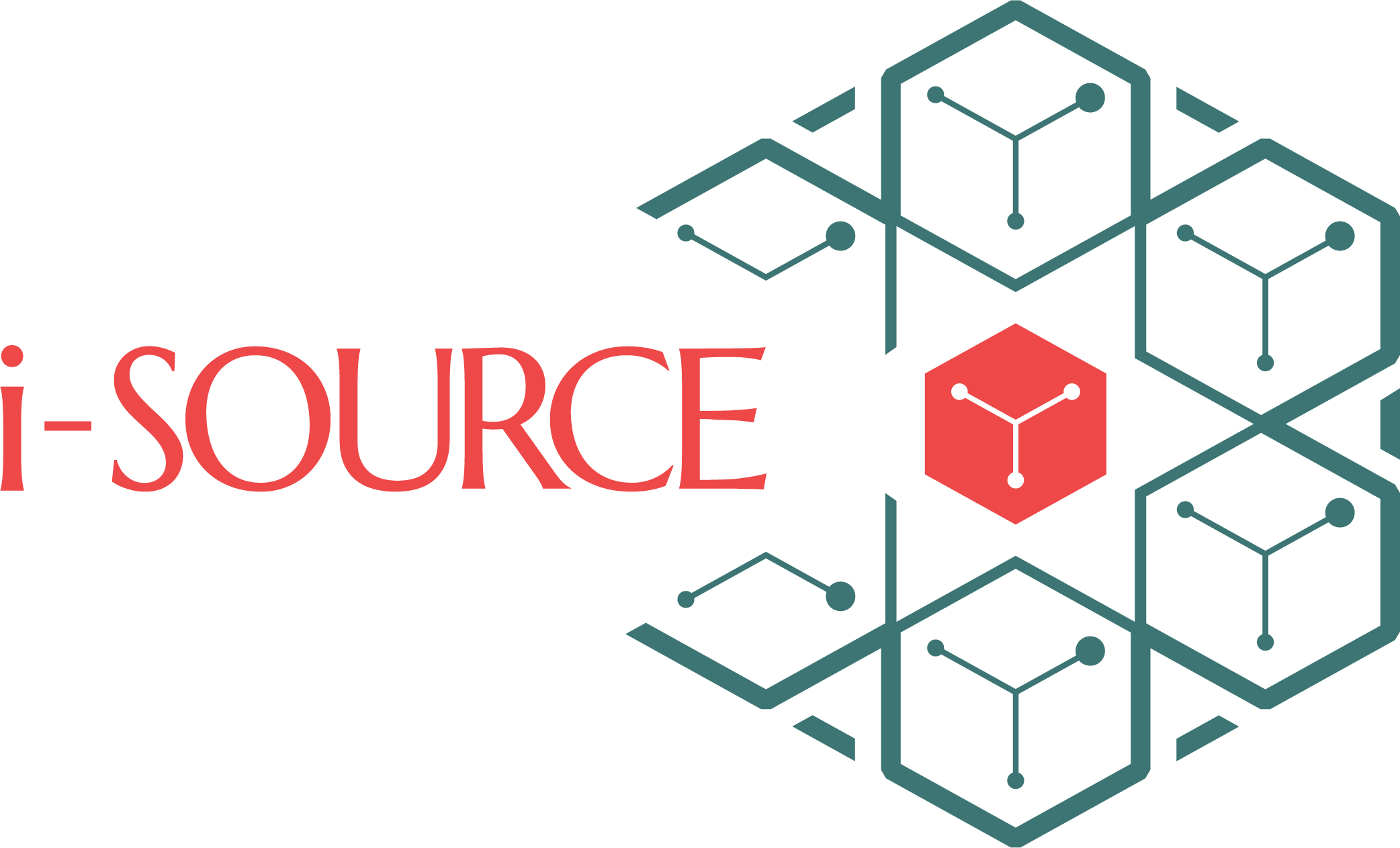Staffing and Recruitment Platforms
Background
Staffing is the overall process of analyzing organizational human resource needs, acquiring employees through a process of advertising, selection, and onboarding, conducting ongoing training and talent development, and retaining the best-fit people. In comparison, recruitment is a part of the staffing process which pertains to searching for candidates, engaging them, and leading them through the selection process.
Staffing platforms support the needs of the organization through the entire staffing and recruitment process. The global staffing platform market is expected to witness high growth over the next few years. Especially in the healthcare industry, where shortage of staff is a challenge that has been exacerbated by the pandemic, or the technology industry, where on-demand staffing has seen rapid adoption thanks to the gig economy. These platforms could be segmented into two categories based on technology – Cloud-Based or Web-Based.
Staffing platforms
Staffing platforms are also known as mobile marketplaces. They enable companies to hire for short-term temporary or longer-term positions. As the term suggests, these marketplaces enable job seekers to share resumes and search against available openings. Companies advertise for positions, applicants apply for them and accept assignments. Employers can track progress – how many positions are still open, how many applicants have accepted assignments, how many are under process. Both parties can rate each other, employers can invite past employees for new work, etc.
Staffing platforms automate the overall process, making the hiring process faster and smoother. Administrative tasks such as reporting are convenient, administrative overheads are reduced since all data is available in one location. Cost of hiring can be brought down. Being online, there needs to be secure access for all stakeholders, at every step. The platform should also offer flexibility to change the process, based on audits of what is working and what is not. Not only staffing, even onboarding and verification of employees is possible. Some tools also offer HRM-centric functions such as payroll, attendance, and training.
Staffing platforms – ideal functionality
A technologically sound and feature-filled platform has the potential to transform the hiring process, making it more efficient and responsive to deliver quality results. Organizations should look at their staffing processes as a tech stack. Doing so enables them to identify gaps wherever observed and fill up these gaps with the best-fit software tools.
- The first step would be to identify needs from a process perspective, examine the challenges being faced, business needs to be met, etc.
- The next step involves mapping the identified needs to the technology platforms available, that meet the needs of the present and the future, and which integrate with other platforms. For example:
- Recruitment marketing – to advertise available jobs openings, engage with applicants and lead them through the process
- Sourcing – to automate and streamline candidate search
- Applicant Tracking System or ATS – feature-rich and flexible enough to accommodate future needs and offer data analytics
- Candidate tracking and screening – automated tools that scrape resumes for keywords and skills, organize video interviews
- Interview scheduling – to sync calendars of interviewer and interviewee, offer available slots and update calendars in real-time
- Candidate assessment – online testing for skills such as communication, technical, cognitive ability, etc.
- Onboarding – to automate the onboarding processes and deliver new recruits a smooth experience
- Examine the components already available, study the market for potential solutions for the missing or better-fit pieces.

